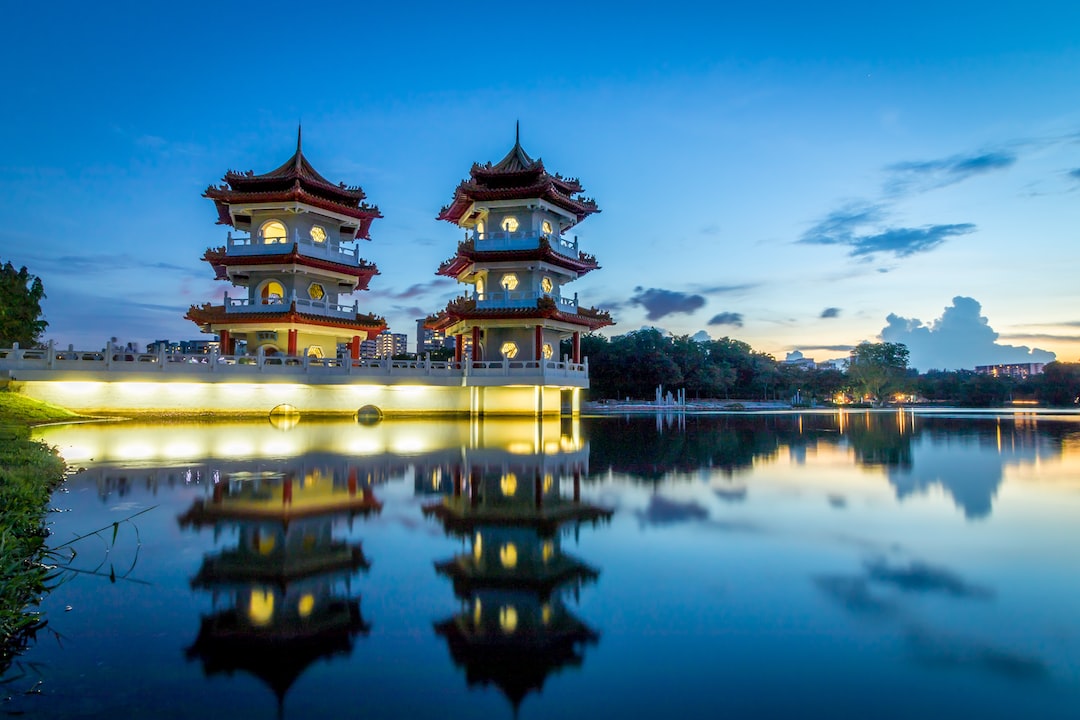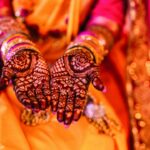Are you looking to add a unique twist to your wedding? Why not explore the rich and varied traditions of weddings in Asia. From Indian ceremonies that focus on blessings from family elders, to Chinese celebrations with lion dances, Japanese rituals filled with symbolism, and Korean festivities steeped in tradition – there are so many ways for couples to incorporate elements of Asian culture into their special day. No matter which traditions you choose, one thing is certain: Wedding Traditions In Asia will help create memories that last forever.
Asian Wedding Traditions
Indian Wedding Traditions
Indian weddings are known for their vibrant colors, elaborate ceremonies, and unique customs. Pre-wedding rituals are an important part of Indian culture and can vary from region to region. Engagement ceremonies typically involve the exchange of rings between the bride and groom as a symbol of their commitment to each other. Haldi and Mehendi ceremonies involve applying turmeric paste or henna tattoos on the hands and feet of both partners in preparation for marriage. The Sangeet is a fun celebration where family members sing songs, dance, and enjoy traditional snacks together.
Pre-Wedding Rituals
The pre-wedding rituals include engagement ceremonies, Haldi and Mehendi celebrations, as well as Sangeet parties which are meant to bring families closer together before the wedding day arrives. These events often take place over several days with many guests attending them from all around India. During these festivities there is usually lots of singing, dancing, feasting on delicious food prepared by local caterers or family members themselves.
Wedding Ceremony
The actual wedding ceremony includes various Hindu rituals such as Kanyadaan (giving away of the bride), Jaimala (exchange of garlands) Mangal Phera (taking seven steps around a sacred fire). All these traditions have deep spiritual significance that signify love between two people who will be joined in matrimony forevermore. The priest officiates this ceremony while chanting mantras from ancient scriptures that offer blessings upon the couple’s union. Afterward everyone celebrates with music playing in the background along with sweet treats like laddoos being distributed among guests.
Post-Wedding Celebrations
Indian wedding traditions are steeped in ancient customs and rituals that symbolize the union of two families, making them a unique and special experience. From pre-wedding ceremonies to post-wedding celebrations, these traditional practices make Indian weddings a joyous affair. Now let’s take a look at Chinese wedding traditions.
Chinese Wedding Traditions
Pre-wedding rituals include the Tea Ceremony, where the bride and groom offer tea to their parents as a sign of respect. This is often accompanied by traditional Chinese music, incense burning, and offering of food to ancestors. The couple also exchange gifts with each other’s families such as jewelry or clothing.
Pre-Wedding Rituals
The most important pre-wedding ritual is the Tea Ceremony which symbolizes respect for both sets of parents from the bride and groom. During this ceremony, tea is served to all four sets of grandparents, parents, uncles/aunts and close relatives who have gathered together for this special occasion. After drinking the tea offered by their children, they will give them red envelopes containing money or gold jewelry as blessings for a happy marriage life ahead.
Wedding Ceremony
On the day of the wedding, there are several traditions that take place during a typical Chinese ceremony. This includes exchanging rings between couples (often done three times), signing marriage documents in front of witnesses (usually family members) followed by an exchange of vows expressing love and commitment towards one another in front of their families. Afterward, guests can partake in a banquet feast with delicious dishes prepared especially for this special occasion while celebrating with laughter and joyous conversations among family members present at the event.
Post-Wedding Celebrations
Chinese wedding traditions are steeped in ancient customs and rituals, making them an important part of the culture. But Japan has its own unique set of wedding traditions that couples should be aware of when planning their special day.
Japanese Wedding Traditions
Japanese wedding traditions are steeped in centuries of culture and symbolism. Pre-wedding rituals involve a number of customs, such as San San Kudo (three sips from three cups) to symbolize unity between two families, as well as exchanging gifts like sake barrels or food items like seaweed or dried fish. The ceremony itself is held at either a Shinto shrine or Buddhist temple with a priest officiating the event. During the exchange of vows, couples will drink sake from special cups called masu boxes that represent their commitment to each other. Afterward, they’ll lead a procession around the shrine grounds while carrying shimenawa—a sacred rope used to ward off evil spirits—followed by traditional music and dancing.
Post-wedding celebrations include drinking more sake from masu boxes while guests shower the newlywed couple with rice crackers called kagami mochi for good luck in their marriage journey ahead. This tradition also includes cutting into mochi cakes together, which symbolizes longevity and prosperity for the couple’s future life together. Finally, there is usually an after party where family members give speeches about how happy they are for the new union before everyone enjoys some delicious Japanese cuisine.
Japanese wedding traditions are rich and steeped in centuries of cultural heritage, from pre-wedding rituals to the post-wedding celebrations. As we now turn our attention to Korean wedding traditions, it is clear that there are many unique aspects of each culture’s customs that should be explored.
Korean Wedding Traditions
Korean weddings are full of symbolic elements and traditional rituals. Pre-wedding ceremonies involve an engagement ceremony where gifts such as jewelry or money are exchanged between families, along with traditional bows to show respect for each other’s families. During the wedding ceremony, the couple will bow to each other’s parents before entering into wedlock followed by an exchange of rings and vows. The bride and groom then take part in a traditional bow dance called “bukcheong” which symbolizes unity between two families coming together through marriage.
Post-wedding celebrations involve feasting on traditional dishes such as bulgogi (barbecued beef) while guests shower the newlywed couple with rice cakes for good luck in their marriage journey ahead. Additionally, there is a tradition known as “doljabi” where children pick out items from a table that represent different aspects of life such as wealth, health and longevity, predicting what kind of future they may have when they grow up. Finally, couples often give away red envelopes filled with money at the end of the night to thank all their guests for attending their special day.
Korean wedding traditions are full of joyous rituals that make the experience truly unique and special. From pre-wedding ceremonies to post-wedding celebrations, these customs bring a sense of culture and tradition to any wedding. Now let’s take a look at Indian Wedding Traditions.
Conclusion
From the vibrant saris of India to the intricate tea ceremonies of Japan, wedding traditions in Asia are truly unique and special. Each culture has its own customs and rituals that make each celebration one-of-a-kind. Whether you’re looking for a traditional ceremony or something more modern, there is sure to be something here that will fit your needs. With so many options available, it can be difficult to choose which tradition best suits your wedding day. But no matter what you decide on, these beautiful Asian wedding traditions are sure to create an unforgettable experience for everyone involved.




